I posted a "jedi" spinel a while back (erroneously said it was 2.5 ct, it is 3.5 ct) discussing color of it. Forgive my long winded post but giving some background. I had the opportunity to show it to a gentleman who was a geologist and gia gemologist at a well know show. He said it was red but people would call it pinkish red. I asked him to explain. He then had me download my gemewizard and took a video with his iPhone. Took a capture of stone when it was straight face up and entered it in gemewizard. Well, he was right. It showed R 4/6 red medium light, vivid. He then showed me "jedi" spinels and did the same thing. Jedi's all came out red, purplish red. All had a 4 or 5 tone and a 6 for saturation. He added that this gemewizard did not specifically look at fluorescence which you find in jedi's due to chromium content and low iron(typical of stones found in marble). He said what we are calling pink is a lighter tone pure red or a purplish red and sometimes an orangish red. Apparently the color system does not have "pink" in it. It had me look at color/hue differently and gemewizard has been helping understand color better. Any thoughts?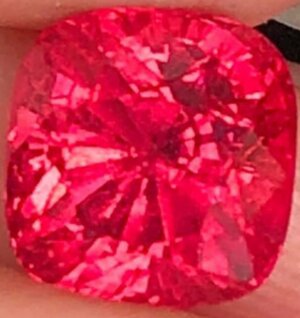
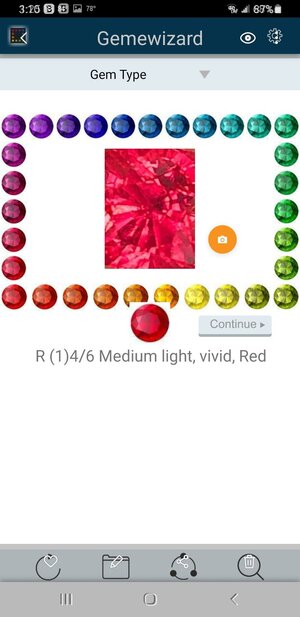











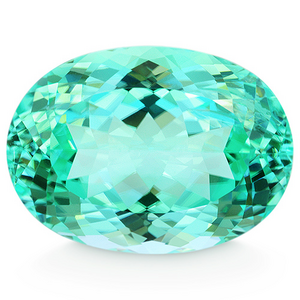
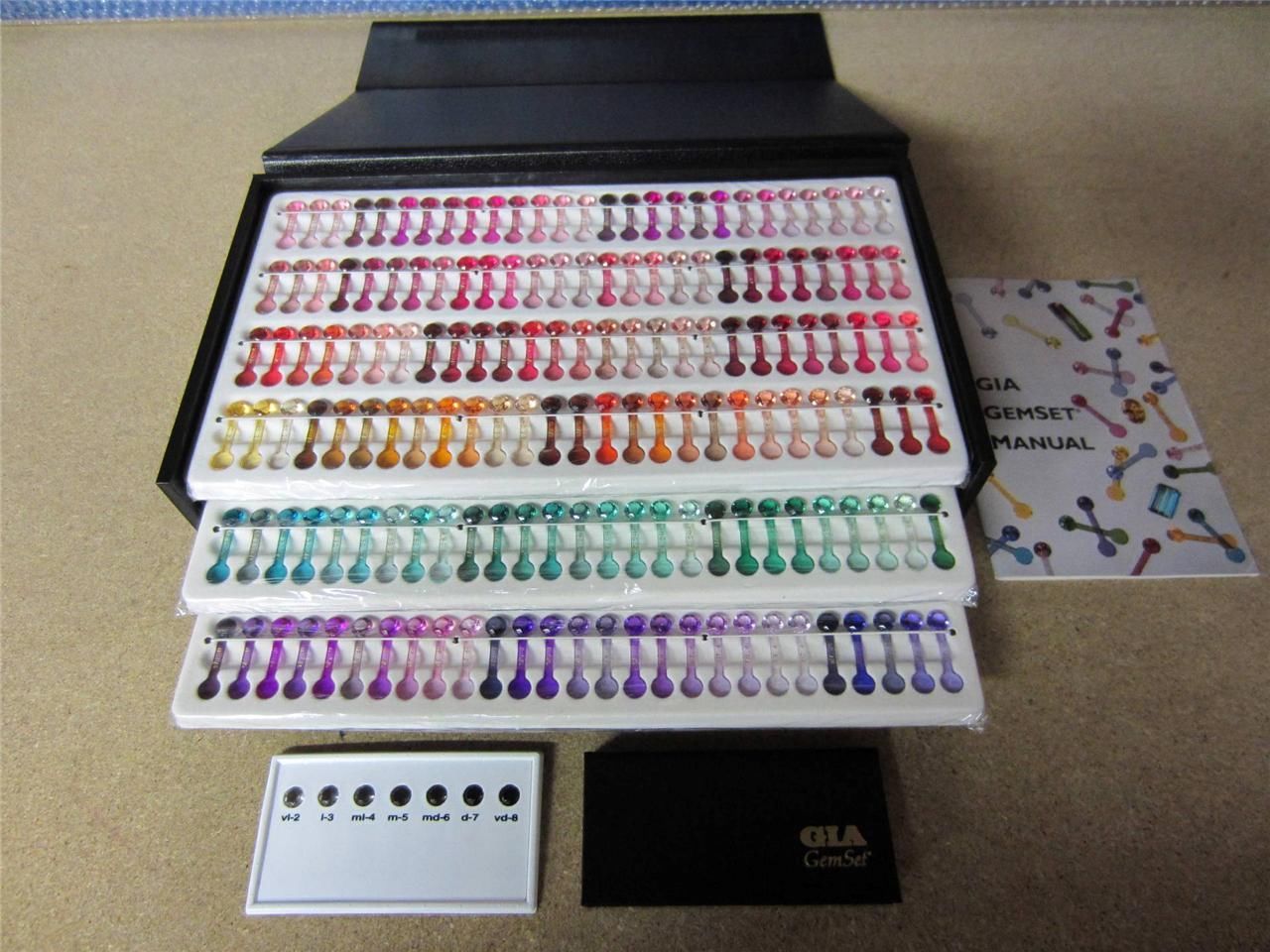


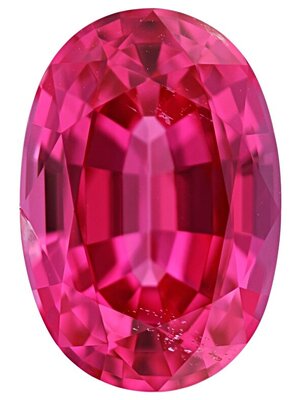
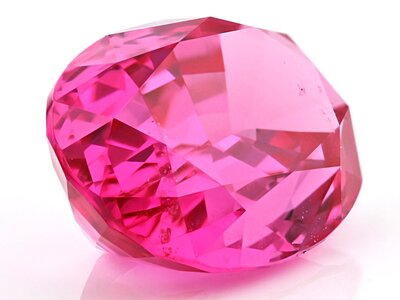
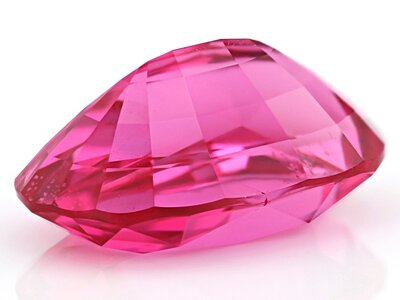
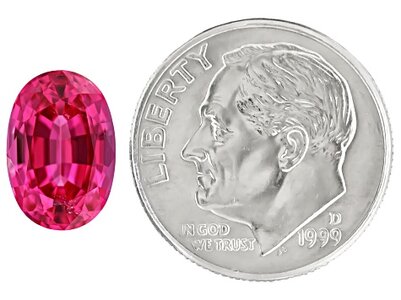
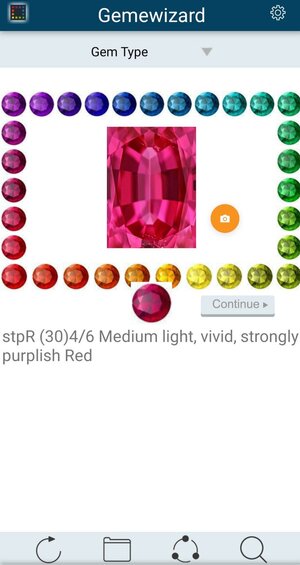
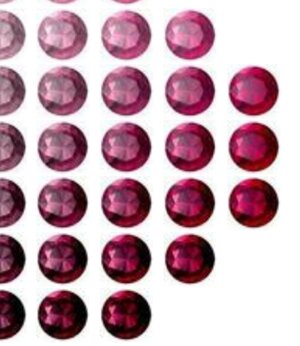


300x240.png)